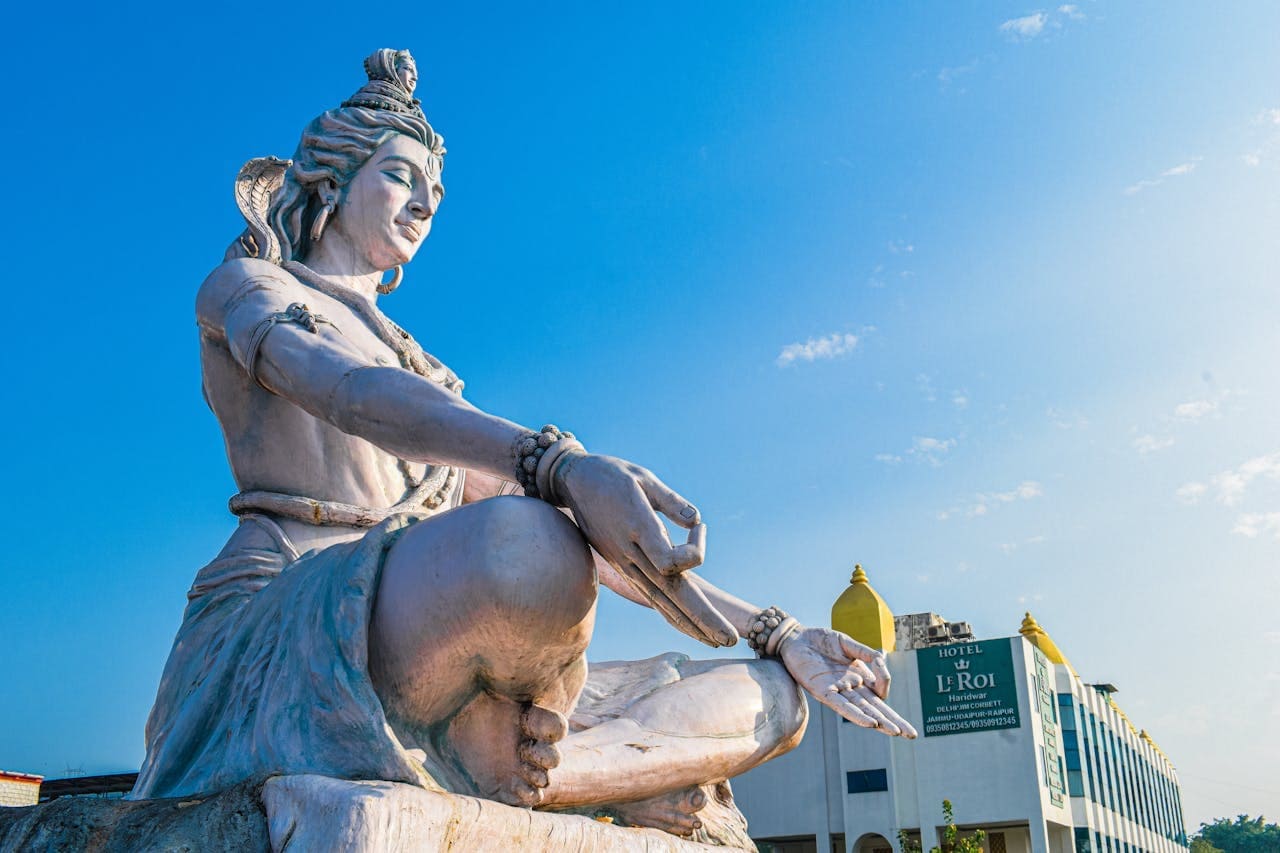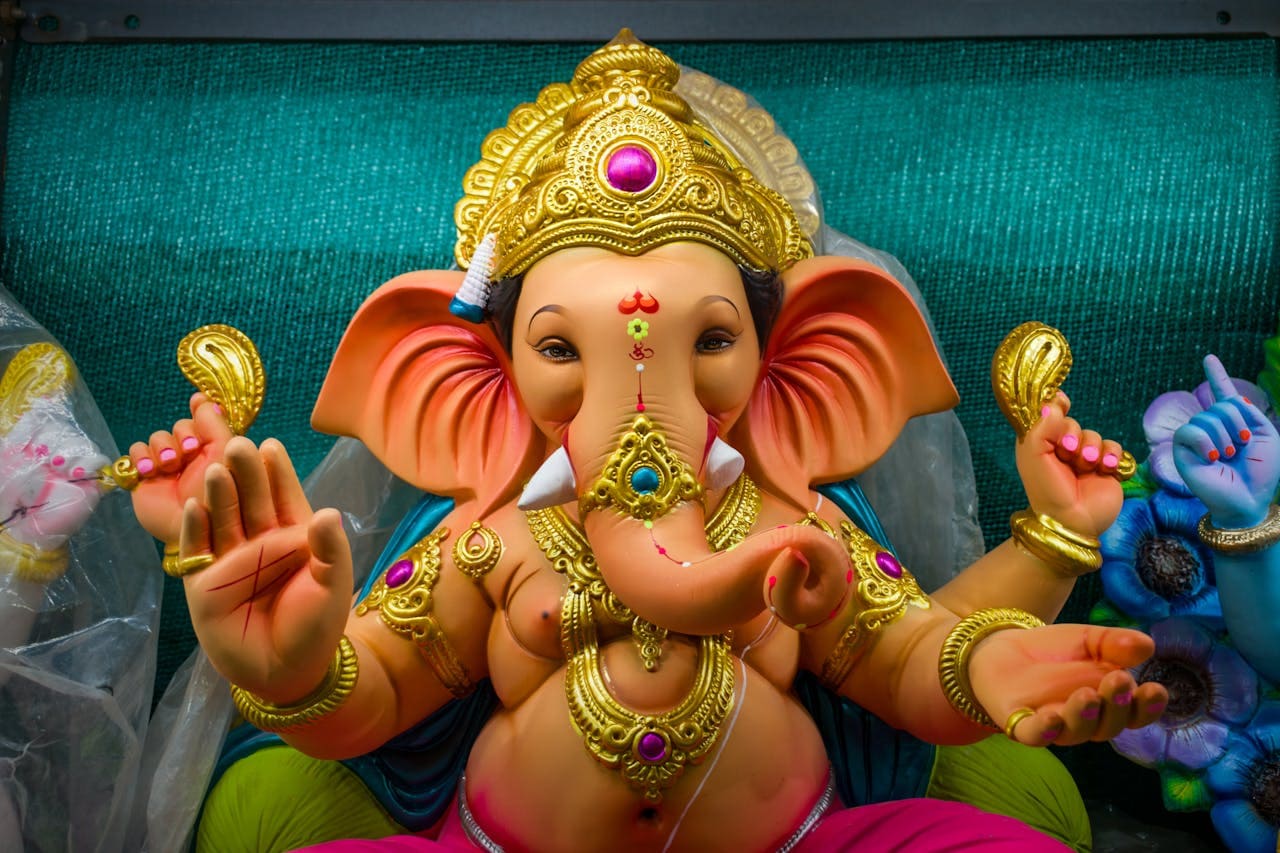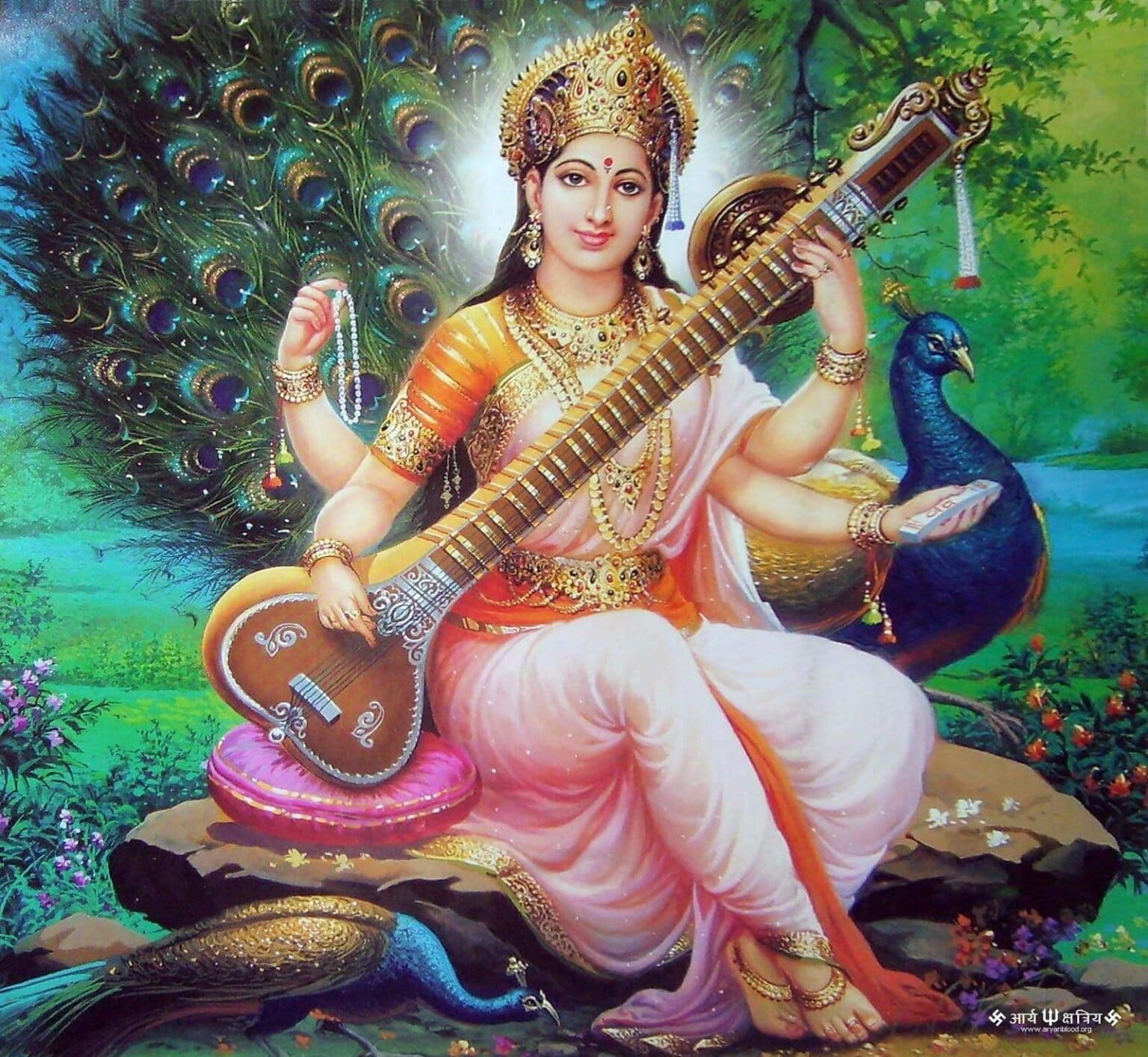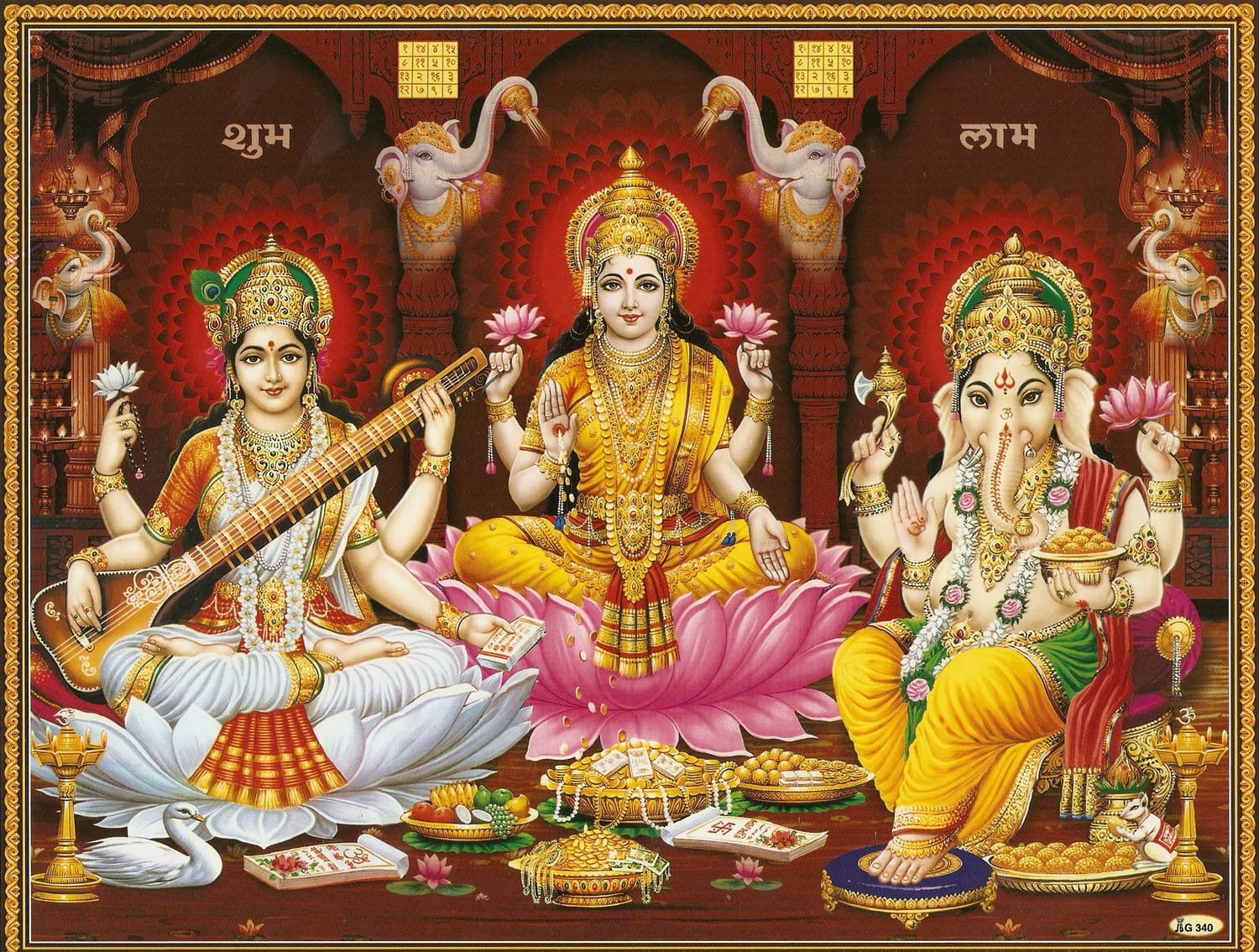Shiva, one of the most important deities in Hinduism, is often associated with transformation, destruction, and rebirth. His energy is deep and complex, and reciting mantras is a powerful way to connect with this deity and his attributes.
What is a Mantra?
A mantra is a sacred Sanskrit word or phrase repeated during meditation or prayer. The sound vibration of the mantra creates resonances in the body and mind, promoting calm, concentration and connection with the divine.
3 Powerful Mantras for Shiva:
-
Om Namah Shivaya: This is perhaps the most well-known and powerful mantra dedicated to Shiva. Each syllable carries a profound meaning:
- Om: The primordial sound of the universe, representing creation, preservation and destruction.
- Namah: Means “prostration” or “bowing”.
- Shivaya: It is one of the names of Shiva, meaning “the Auspicious One”.
By repeating this mantra, you invoke the blessing of Shiva and connect with cosmic energy.
-
Mahamrityunjaya Mantra: This mantra is known as the “Great Mantra of Immortality”. It invokes the power of Shiva to overcome death and attain liberation. It is a very powerful mantra and should be recited with devotion and respect.
-
Karpura Gauram Karunavataram: This mantra celebrates the beauty and compassion of Shiva. It is a shorter and easier to memorize mantra, perfect for beginners.
Benefits of Reciting Mantras to Shiva:
- Spiritual Connection: Mantras create a bridge between the devotee and the divinity, strengthening faith and devotion.
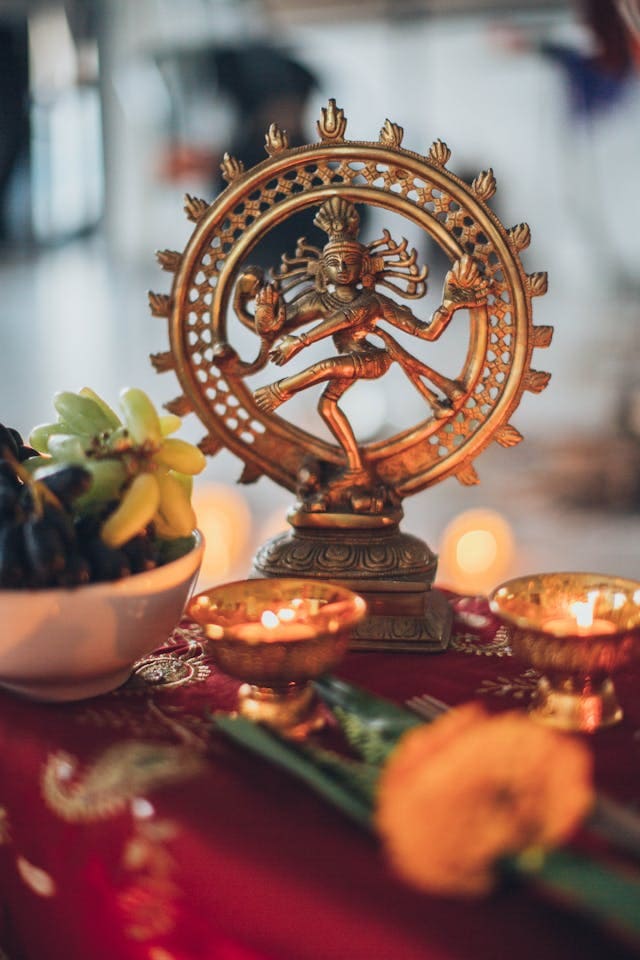
Mantras for Shiva – Ricardo Oliveira Mantras - Stress reduction: Repeating mantras helps calm the mind and reduce anxiety.
- Increased concentration: Regular practice of mantras improves the ability to concentrate and focus.
- Spiritual Growth: Connecting with the divine energy of Shiva can lead to profound spiritual growth.
How to Recite the Mantras:
- Choose a quiet place: Find a quiet, distraction-free place to recite your mantras.
- Sit comfortably: Adopt a relaxed posture, with your spine straight.
- Focus on your breathing: Breathe slowly and deeply, connecting each inhalation and exhalation with the vibration of the mantra.
- Repeat the mantra: Repeat the mantra aloud or mentally, with devotion and concentration.
Note: Mantra recitation is a profound spiritual practice. If practiced daily with devotion, the results of the practice will be felt over the years.
Mantras are powerful tools to connect with divinity and achieve inner peace. By reciting mantras dedicated to Shiva, you can experience profound transformation in your life.
Shiva: The Transformer and Creator
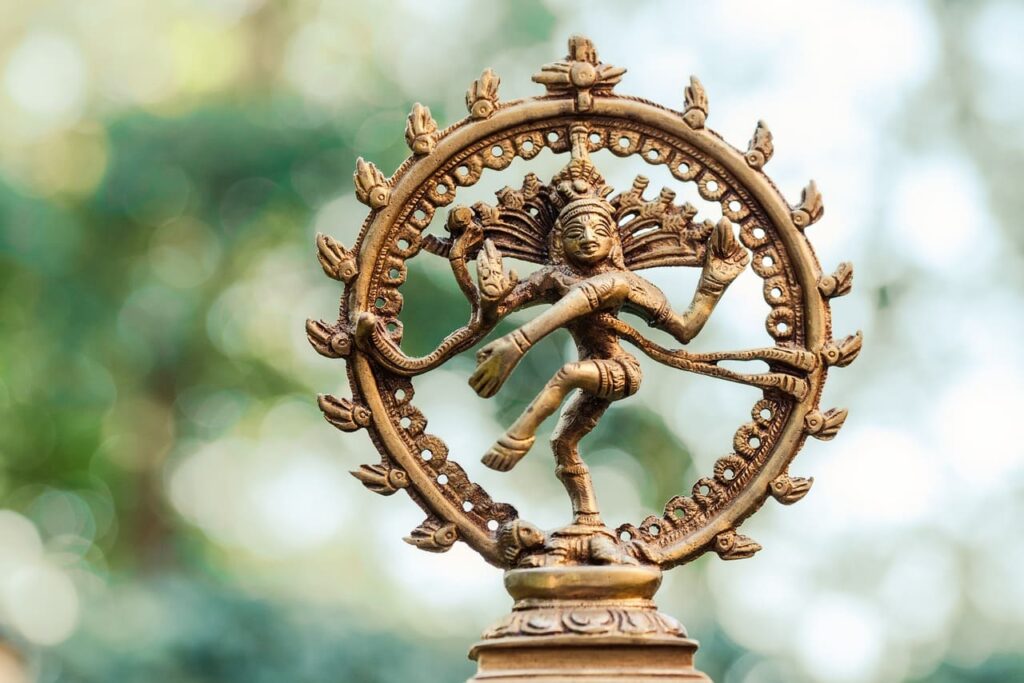
Shiva , one of the most important deities in Hinduism, is often described as the “destroyer.” However, this description does not capture the complexity and depth of his role in the Hindu pantheon. Shiva is much more than a simple destroyer; he is the transformer, the regenerator, and the absolute.
Who is Shiva?
- The Transformer: Shiva does not destroy for mere pleasure or malice. His destruction is an act of transformation, an end to make way for a new beginning. He dissolves old forms so that new ones can emerge.
- The Ascetic: Shiva is often depicted as an ascetic, living in mountains and forests, meditating deeply. This image represents the search for inner truth and the renunciation of material pleasures.
- The Cosmic Dancer: Shiva is known as Nataraja, the king of cosmic dance. His dance represents the creation, preservation and destruction of the universe.
- The Lord of Yogis: Shiva is considered the first yogi, the master of the practice of yoga. He taught humans how to connect with divine energy through meditation and the body.
Symbols Associated with Shiva:
- Trident: The trident represents the three aspects of Shiva: creation, preservation and destruction.
- Serpent: The serpent, or naga, symbolizes kundalini energy, the life force that rises up the spine during yoga practice.
- Third Eye: Shiva’s third eye represents divine wisdom and the ability to see beyond the illusions of the material world.
- Drum: The drum represents the rhythm of the universe and the primordial sound of creation.
Shiva and the Trimurti:
Shiva is part of the Hindu trinity known as Trimūrti, along with Brahma (the creator) and Vishnu (the preserver). Each of the three gods represents a fundamental aspect of reality: creation, preservation and transformation.
The Importance of Shiva:
Shiva is a complex and multifaceted figure who has inspired devotion and admiration for thousands of years. He is seen as both a fearsome and benevolent god, capable of both destruction and creation. Worship of Shiva is often associated with the search for liberation from the cycle of birth and death (samsara) and the attainment of nirvana.
Why worship Shiva?
- Transformation: Shiva inspires us to embrace change and transformation as a natural part of life.
- Freedom: It teaches us to free ourselves from the attachments and illusions of the material world.
- Connection with the divine: The practice of devotion to Shiva helps us connect with our own divine nature.
- Yoga and meditation: Shiva is considered the master of yoga, and the practice of yoga and meditation helps us achieve a state of inner peace and well-being.
Shiva is a universal symbol of transformation, liberation and connection with the divine. His story and teachings continue to inspire and guide millions of people around the world.
